The Air Force expects to complete its two-year transition to the new undergraduate pilot training curriculum by the end of October, the head of Air Education and Training Command recently told reporters.
Service officials contend that “Undergraduate Pilot Training 2.5,” a software-heavy, self-paced version of the course, is producing better-prepared pilots faster than before.
The syllabus tries to give airmen the manual stick-and-rudder skills to deftly fly a jet, plus the multitasking and critical thinking abilities to juggle airstrikes, intelligence-gathering sensors and collaboration with other combat assets.
RELATED
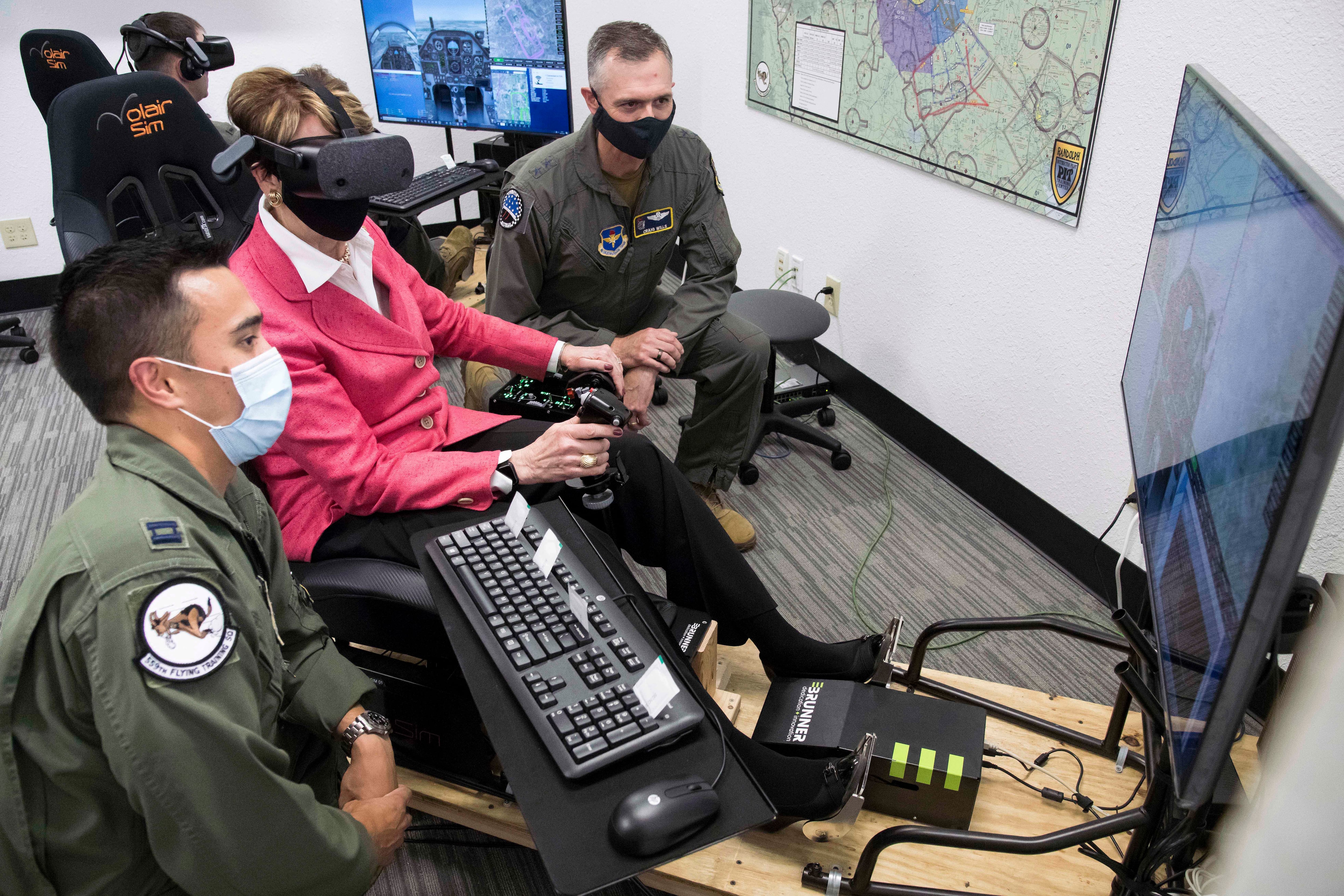
“We need airmen that are agile of mind, competent, credible, confident,” AETC boss Lt. Gen. Brian Robinson said Sept. 12. “We’ll find and grow those airmen.”
The program has been adopted across the Air Force’s three undergraduate flight school bases: Columbus Air Force Base, Mississippi; Vance AFB, Oklahoma; and Laughlin AFB, Texas.
Undergraduate pilot training that used to last a full year has shrunk by nearly half. Students earn their pilot’s wings after about seven months while flying the T-6 Texan II training aircraft in UPT 2.5, then move onto the T-38 Talon or T-1 Jayhawk for about five more months of specialized lessons in flying fighter, bomber or mobility planes.
The Air Force said it could not provide the number of pilots who have graduated under UPT 2.5 or its fiscal 2022 total by press time. Nearly 1,400 airmen earned their wings in fiscal 2021, just shy of the service’s annual goal of producing at least 1,480 new pilots each year.
RELATED

Of about two dozen airmen who graduated from the Air Mobility Fundamentals course — which prepares pilots to fly cargo, tanker, special operations and surveillance aircraft — all but three performed better in that specialized training under the new syllabus than airmen who went through the traditional undergraduate pilot course, Robinson said.
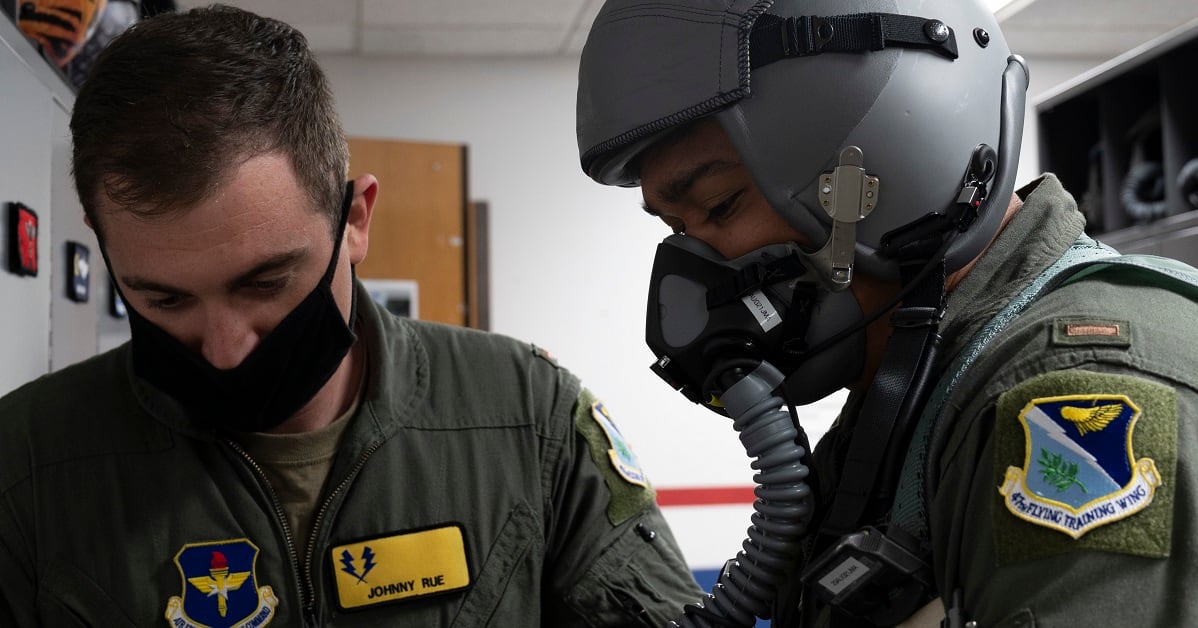
“Several had come out as distinguished graduates in their [formal training units], so we think we’ve got it pretty close to right,” he said.
During a recent visit to Laughlin, Robinson said he overheard a student talking about the acrobatics they’d attempted in a simulator.
“When they went and flew that same maneuver in the aircraft — actually, as they were upside-down, looking down at their ground references — they looked exactly like they looked in the immersive training device,” he said. “They were comfortable with where they were; they’d seen it before.”
RELATED
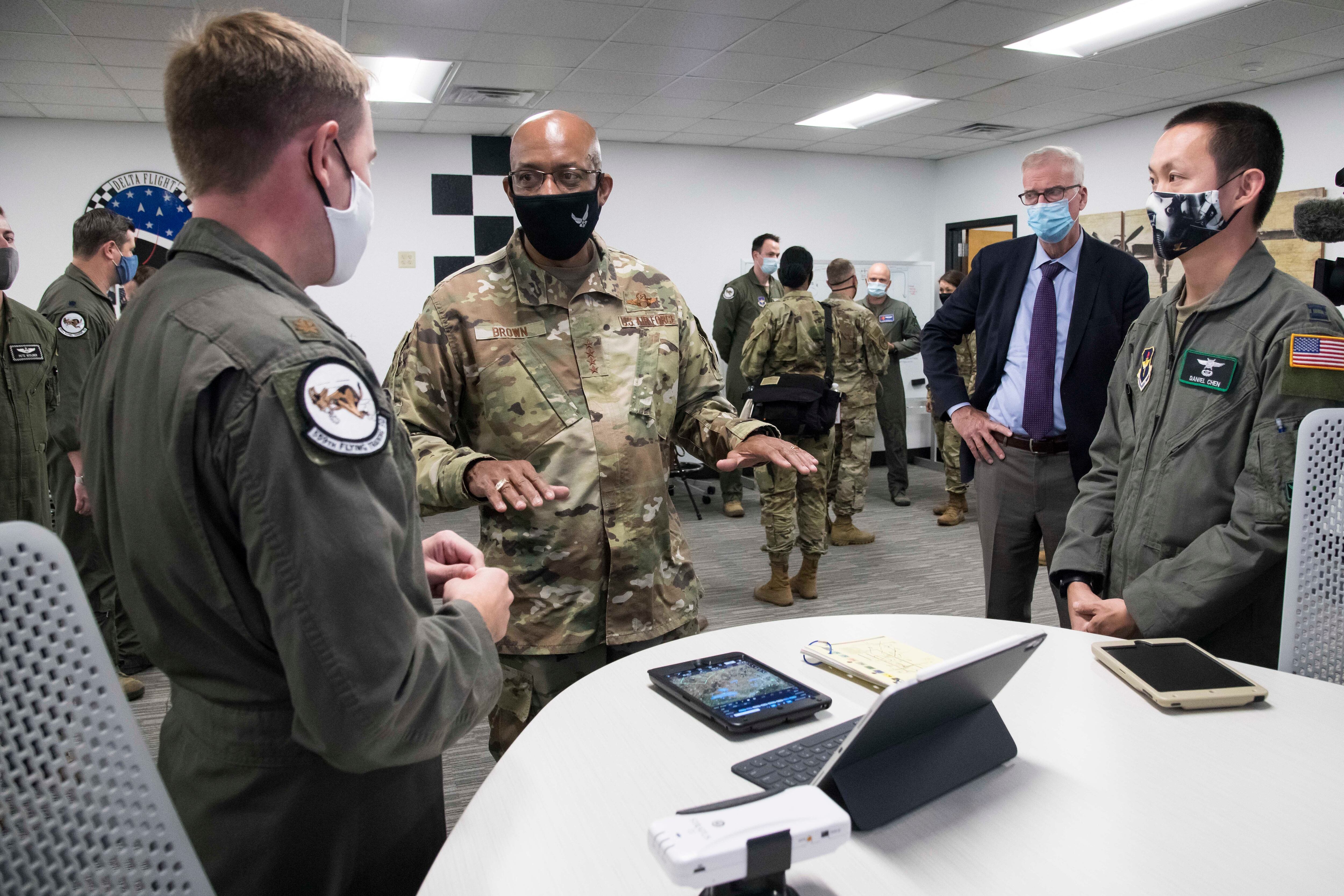
UPT 2.5 has sought to give students more control over their own education at a time when the instructor pilot corps is struggling.
Some airmen who dislike the changes continue to anonymously air their grievances on social media. That includes instructors who are unhappy with the workload that comes with a civilian staff shortage and a more intensive syllabus.
Officials recognize that UPT 2.5 has asked more of instructors than in the past, Robinson said.
Though the manning level of active duty instructor pilots is “close to where we’d like it in most locations,” at 80% of positions staffed or higher, Robinson said the Air Force is hurting for civilians to run its flight simulators. Those jobs are about 60% filled, he said.
Why? Those potential sim instructors are instead opting to live in less rural areas and snag the six-figure pay offered by commercial airlines — meaning uniformed instructors have to pick up the slack in a course that heavily depends on simulators.
“They have to fill the void for the civilian sim instructors to keep students moving through the UPT 2.5 production pipeline, which adds to their workload,” Robinson said. “It’s important that we find solutions.”
RELATED
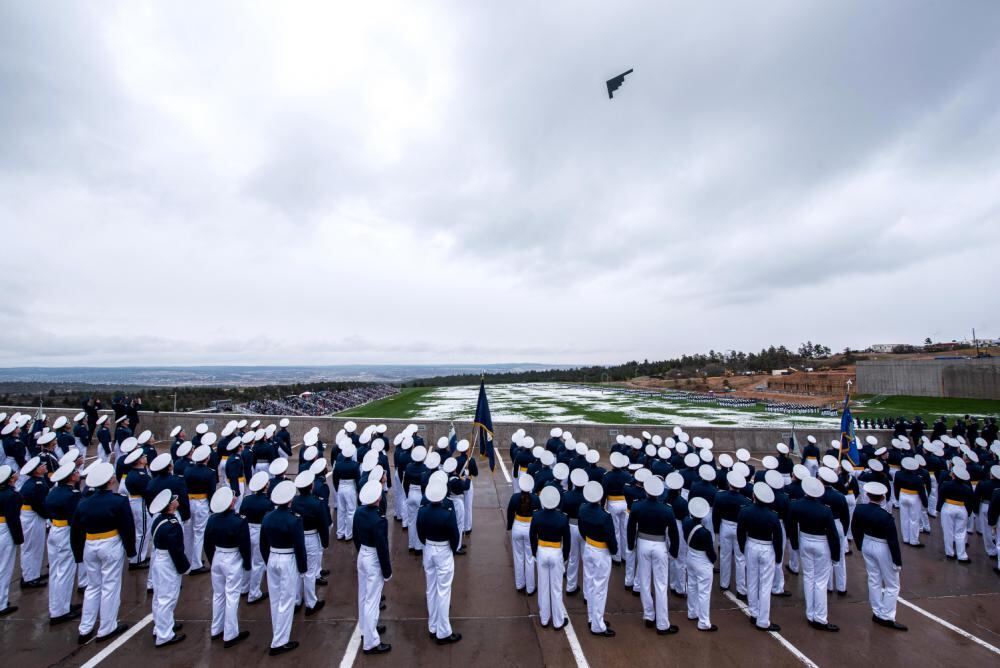
AETC says the coronavirus vaccine mandate isn’t interfering with its ability to keep up pilot production, despite reports that some unvaccinated flight instructors aren’t allowed to train students.
One option may be to offer civilian instructors more money. Robinson said the Air Force is working with Congress to give it more leeway to hire private citizens at a higher price point. Those who work in commercial aviation typically make the same salary whether flying in a simulator or in a real aircraft, he noted.
Federal data shows airline industry employment has rebounded from a pandemic-era low of 669,000 in fall 2020 to 768,000 in July 2022.
“We’re hearing the airline hiring is picking up … so they can improve the service to their customer base,” Robinson said. “We haven’t seen it have a significant impact yet [on] our instructors.”
The service is likewise exploring whether one person can remotely operate multiple simulators to help several students at once. AETC is working through the technical issues that could stymie that plan, like insufficient infrastructure or bandwidth.
RELATED
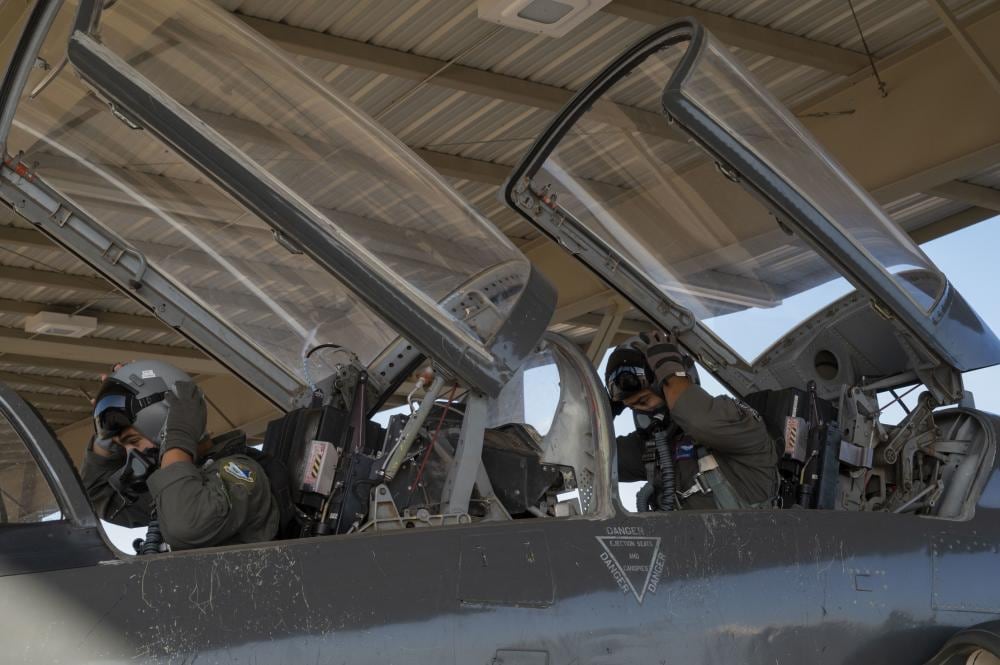
And, the Air Force will use its “Palace Acquire” internship program to attract flight instructors for the first time.
Starting in November, the service will try bringing in three college graduates with private pilot’s licenses and put them through undergraduate pilot training. Once finished, they’ll stick around as civilian flight instructors, Robinson said.
If successful, the initiative could ramp up over time.
“We are hoping to see great return and benefit on that,” Robinson said.
Rachel Cohen is the editor of Air Force Times. She joined the publication as its senior reporter in March 2021. Her work has appeared in the Washington Post, the Frederick News-Post (Md.), Air and Space Forces Magazine, Inside Defense, Inside Health Policy and elsewhere.




